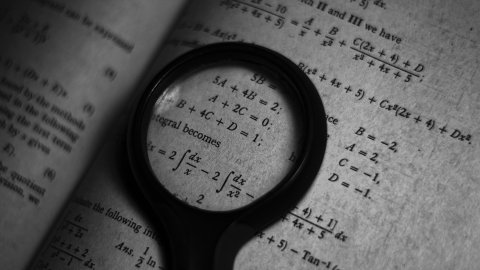We present models of a vapour bubble produced during ureteroscopy and laser lithotripsy treatment of kidney stones. This common treatment for kidney stones involves passing a flexible ureteroscope containing a laser fibre via the ureter and bladder into the kidney, where the fibre is placed in contact with the stone. Laser pulses are fired to fragment the stone into pieces small enough to pass through an outflow channel. Laser energy is also transferred to the surrounding fluid, resulting in vapourisation and the production of a cavitation bubble.
While in some cases, bubbles have undesirable effects – for example, causing retropulsion of the kidney stone – it is possible to exploit bubbles to make stone fragmentation more efficient. One laser manufacturer employs a method of firing laser pulses in quick succession; the latter pulses pass through the bubble created by the first pulse, which, due to the low absorption rate of vapour in comparison to liquid, increases the laser energy reaching the stone.
As is common in bubble dynamics, we couple the Rayleigh-Plesset equation to an energy conservation equation at the vapour-liquid boundary, and an advection-diffusion equation for the surrounding liquid temperature.1 However, this present work is novel in considering the laser, not only as the cause of nucleation, but as a spatiotemporal source of heat energy during the expansion and collapse of a vapour bubble.
Numerical and analytical methods are employed alongside experimental work to understand the effect of laser power, pulse duration and pulse pattern. Mathematically predicting the size, shape and duration of a bubble reduces the necessary experimental work and widens the possible parameter space to inform the design and usage of lasers clinically.


